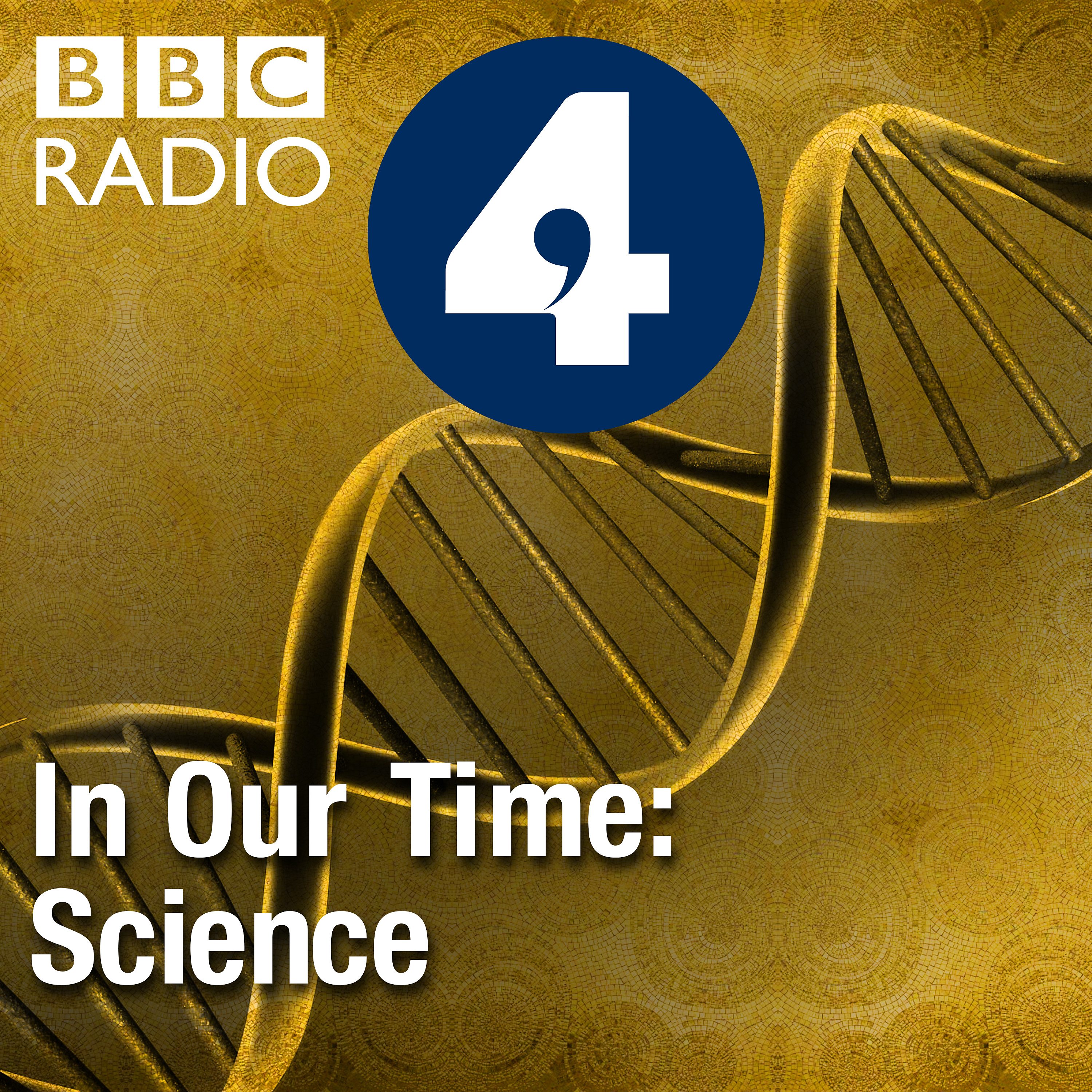
The Habitability of Planets

In Our Time: Science
Deep Dive
What are the key environmental conditions needed for life to begin on a planet?
Life requires an environment with simple molecular building blocks, an energy source to drive chemistry, and bounded pressure and temperature conditions to allow complex molecules to form. Variability in environments can also help, as a chain of linked environments may be necessary to transform simple molecules into life.
Why are hydrothermal vents and warm ponds considered potential sites for the origin of life?
Hydrothermal vents provide chemical and thermal energy that could drive the chemistry needed for life, while warm ponds offer a diversity of environments where similar chemistry can occur. Both environments are thought to have the necessary conditions for life to emerge.
What is the significance of the Great Oxidation Event in Earth's history?
The Great Oxidation Event, around 2.5 billion years ago, marked a spike in atmospheric oxygen due to cyanobacteria photosynthesizing. This allowed for the development of complex life forms during the Cambrian explosion, as oxygen is a key signature of life and is constantly replenished by biological processes.
What are 'technosignatures' in the context of searching for extraterrestrial life?
Technosignatures are indicators of advanced technological civilizations, such as industrial byproducts like CFCs, which can be detected through spectroscopy. These signatures suggest the presence of intelligent life capable of creating and sustaining technology.
Why is hydrogen cyanide important in the chemistry of life's origins?
Hydrogen cyanide, along with hydrogen sulfide, can facilitate organic chemistry when exposed to sunlight in aqueous solutions. It helps form carbon-carbon bonds, which are essential for building nucleic acids, proteins, and cell membranes.
What challenges do planets around M dwarf stars face in terms of habitability?
Planets around M dwarf stars may be tidally locked, with one side permanently facing the star. These stars are also more active, with frequent flares that can strip away atmospheres, making it difficult for life to sustain itself.
What is the role of Earth's magnetic field in protecting life?
Earth's magnetic field shields the planet from charged particles emitted by the Sun, protecting the atmosphere from being stripped away. This defense mechanism is crucial for maintaining the conditions necessary for life.
What is the significance of the Extremely Large Telescope (ELT) in the search for extraterrestrial life?
The ELT, with its 39-meter diameter, will significantly enhance the ability to detect and analyze the atmospheres of exoplanets. It aims to identify disequilibrium signatures, such as oxygen and methane, which could indicate the presence of life.
Why are sub-Neptunes and super-Earths important in the study of habitability?
Sub-Neptunes and super-Earths are the most common types of exoplanets discovered. They may have vast liquid water oceans, raising questions about whether such environments could support life, even if they differ significantly from Earth-like conditions.
What makes Darwin's 'warm little pond' theory relevant today?
Darwin's theory of a warm little pond as the cradle of life remains relevant because it suggests a restricted environment where chemistry can occur efficiently. This idea aligns with modern research on surface chemistry and the importance of finite environments for prebiotic reactions.
- Two main theories propose life originated in either deep-sea hydrothermal vents or warm little ponds on the Earth's surface.
- The earliest direct evidence of life dates back 3.5 billion years, while indirect evidence suggests life may have existed as far back as 4 billion years ago.
- A significant gap in the geological record remains, leaving a large window in which life's origin is uncertain.
Shownotes Transcript
Melvyn Bragg and guests discuss some of the great unanswered questions in science: how and where did life on Earth begin, what did it need to thrive and could it be found elsewhere? Charles Darwin speculated that we might look for the cradle of life here in 'some warm little pond'; more recently the focus moved to ocean depths, while new observations in outer space and in laboratories raise fresh questions about the potential for lifeforms to develop and thrive, or 'habitability' as it is termed. What was the chemistry needed for life to begin and is it different from the chemistry we have now? With that in mind, what signs of life should we be looking for in the universe to learn if we are alone?
With
Jayne Birkby Associate Professor of Exoplanetary Sciences at the University of Oxford and Tutorial Fellow in Physics at Brasenose College
Saidul Islam Assistant Professor of Chemistry at Kings College, London
And
Oliver Shorttle Professor of Natural Philosophy at the University of Cambridge and Fellow of Clare College
Producer: Simon Tillotson
Reading list:
David Grinspoon, Venus Revealed: A New Look Below the Clouds of Our Mysterious Twin Planet (Basic Books, 1998)
Lisa Kaltenegger, Alien Earths: Planet Hunting in the Cosmos (Allen Lane, 2024)
Andrew H. Knoll, Life on a Young Planet: The First Three Billion Years of Evolution on Earth (Princeton University Press, 2004)
Charles H. Langmuir and Wallace Broecker, How to Build a Habitable Planet: The Story of Earth from the Big Bang to Humankind (Princeton University Press, 2012)
Joshua Winn, The Little Book of Exoplanets (Princeton University Press, 2023)
In Our Time is a BBC Studios Audio Production